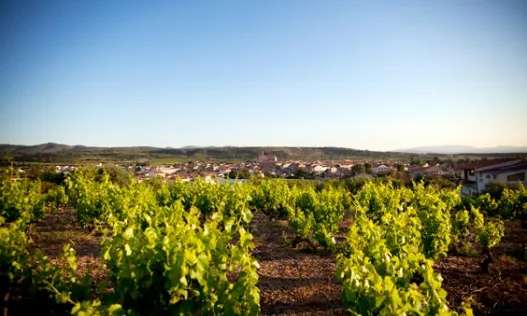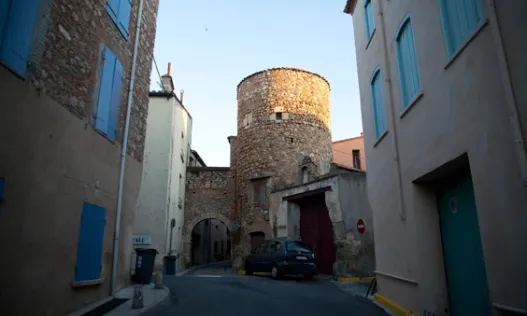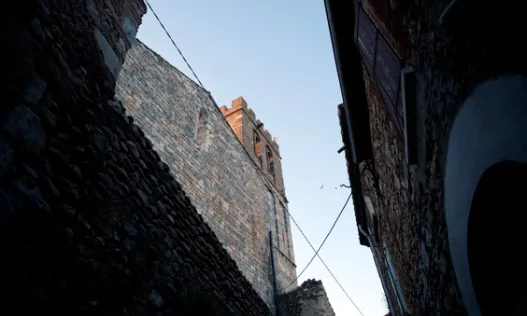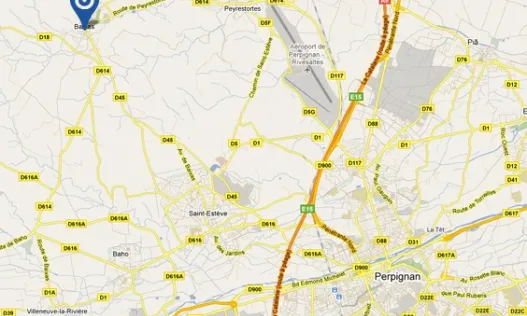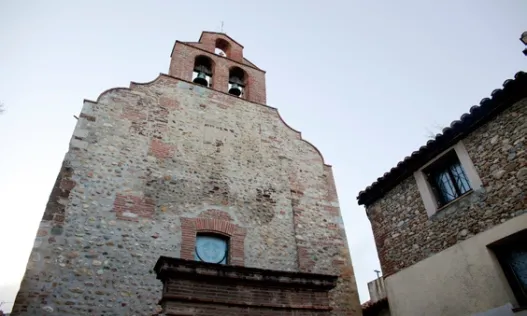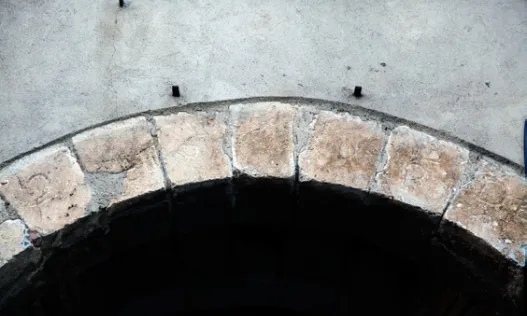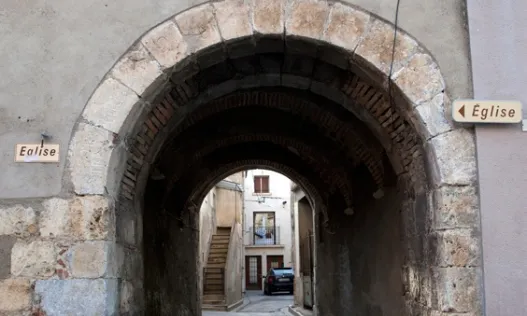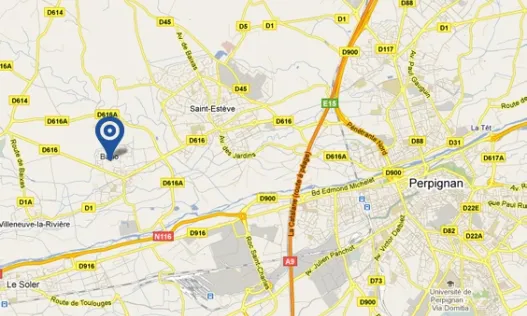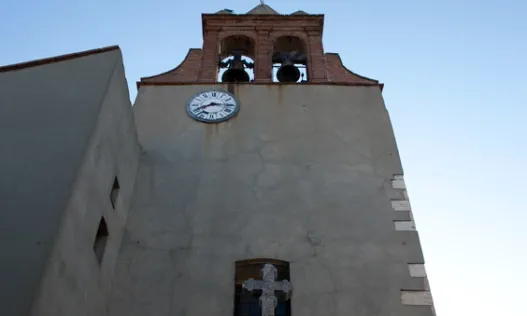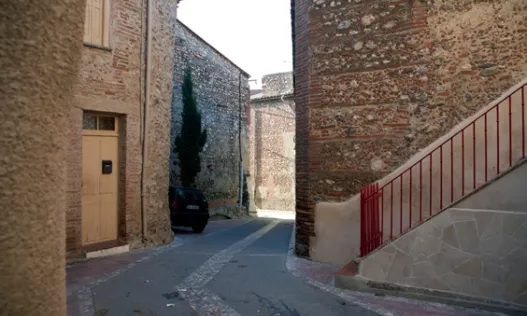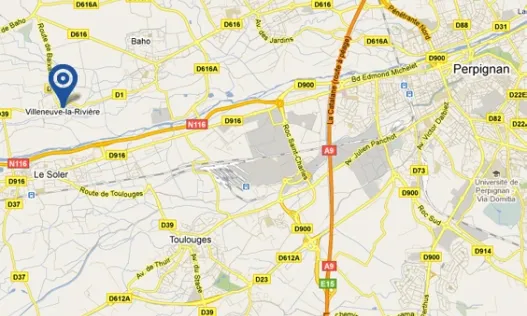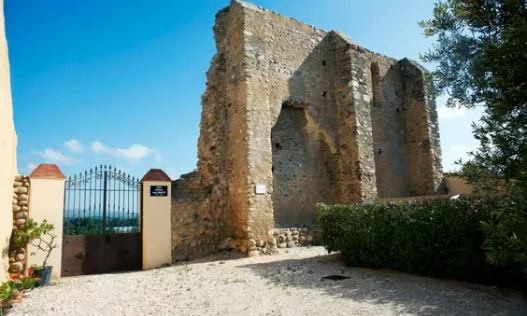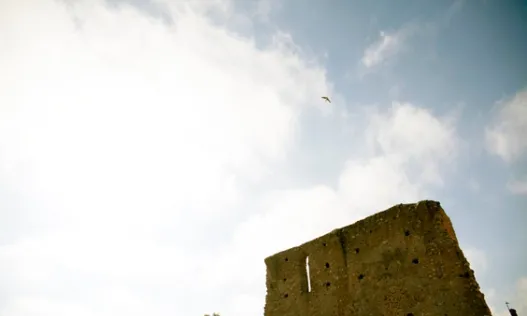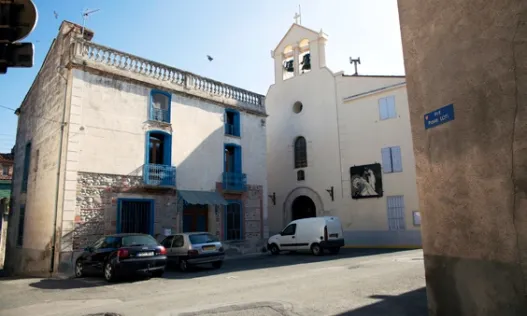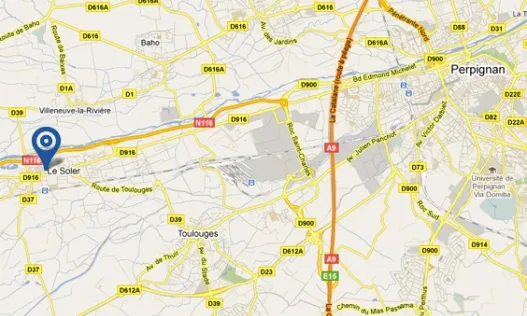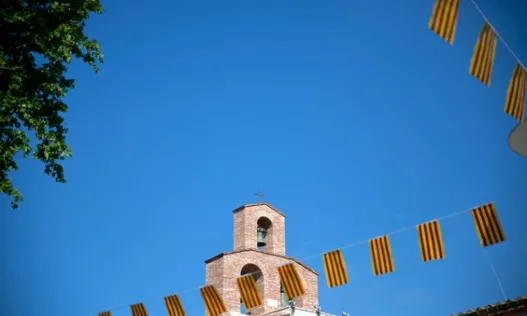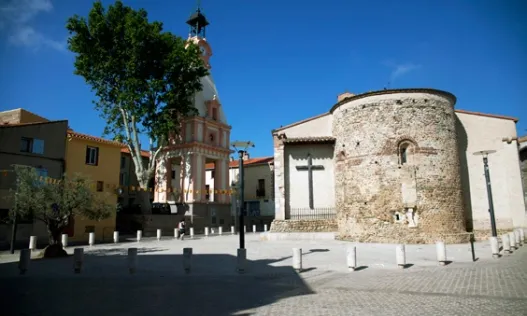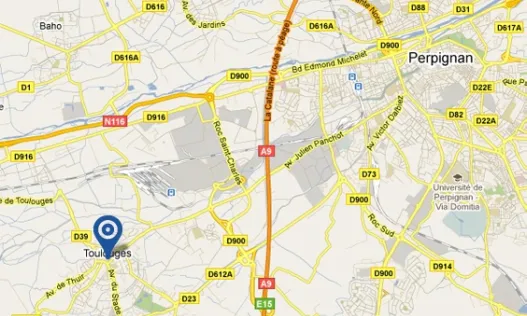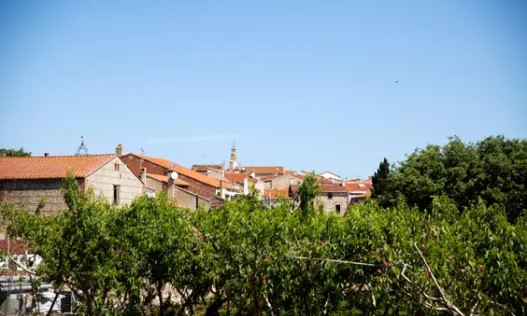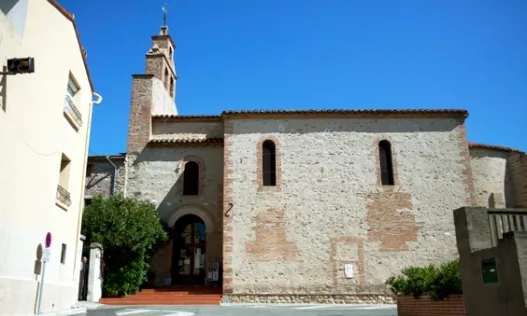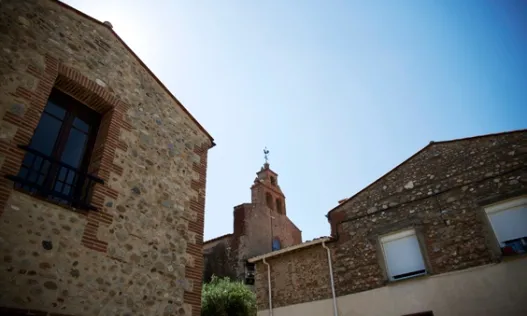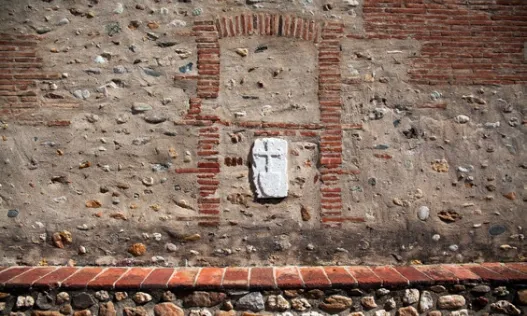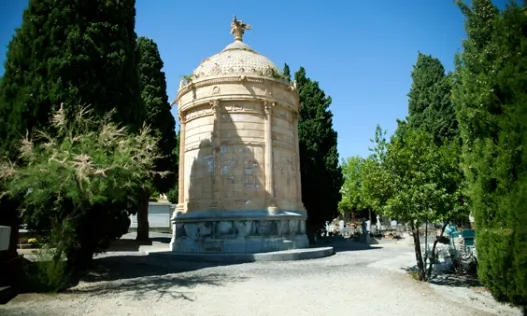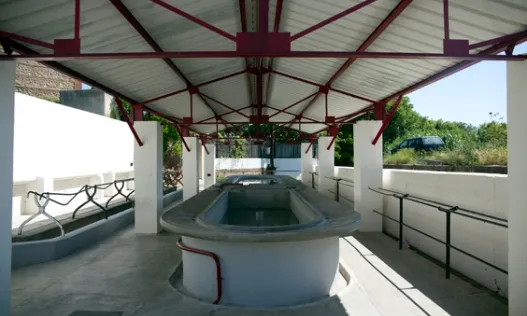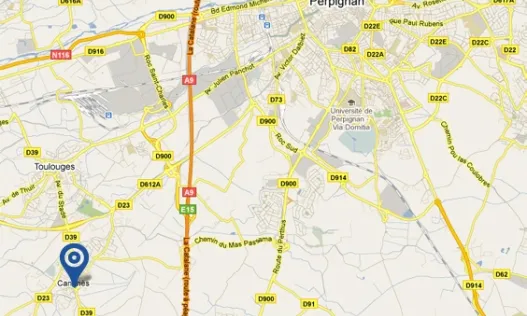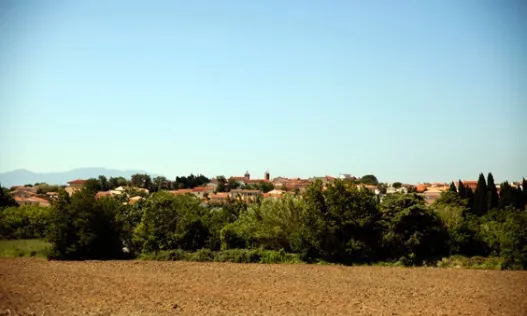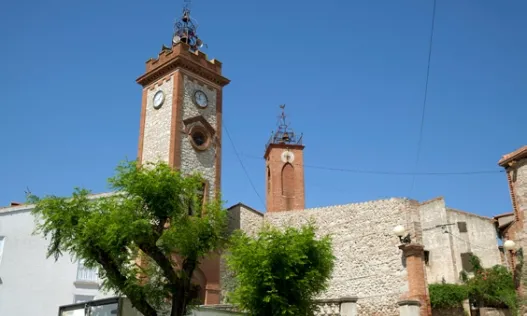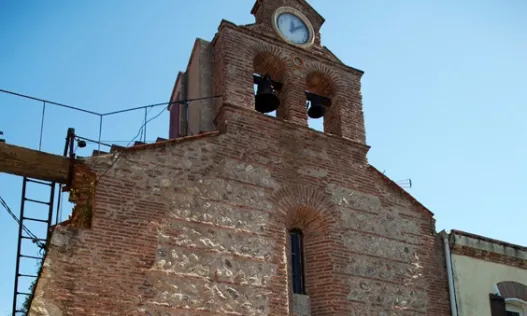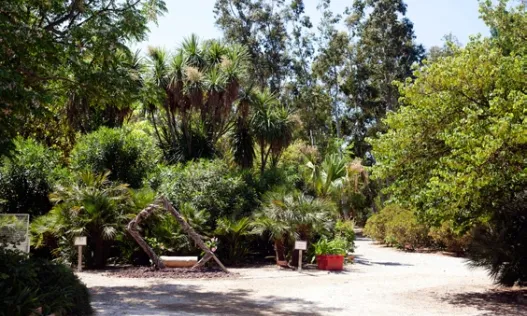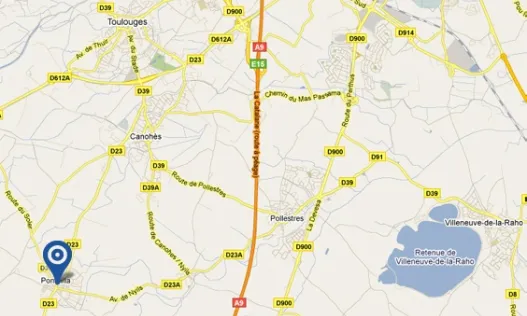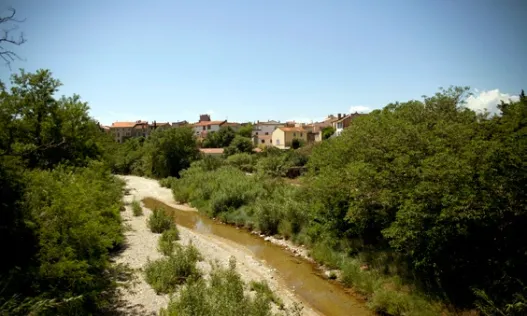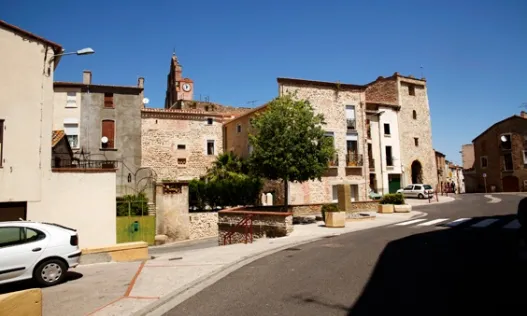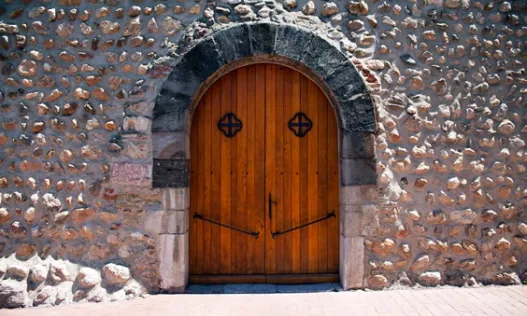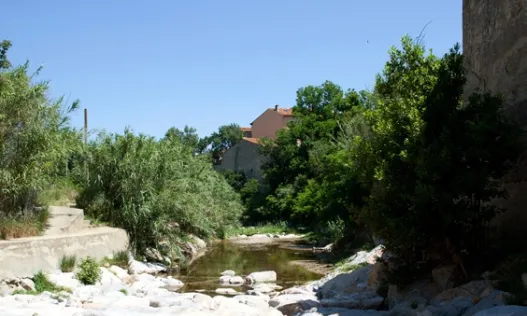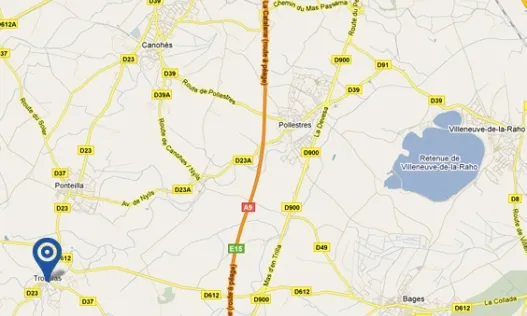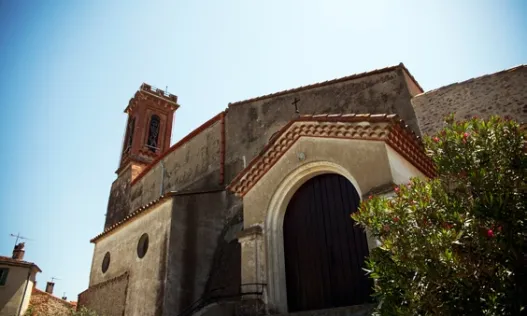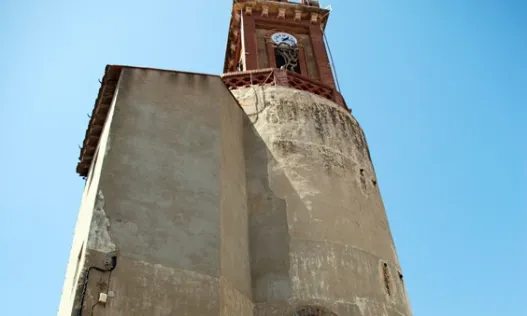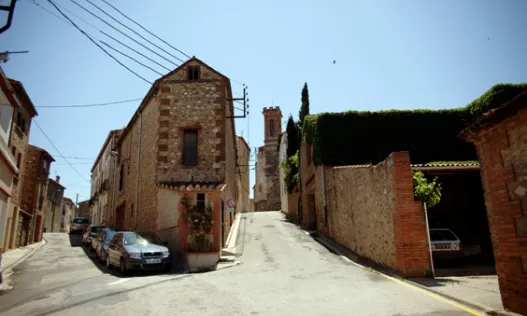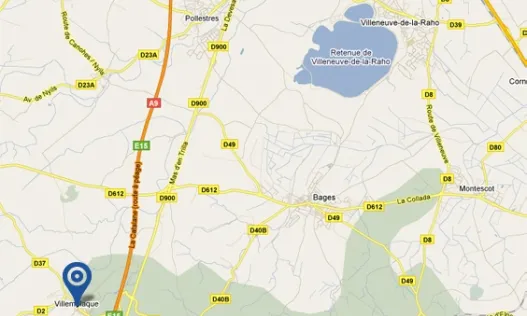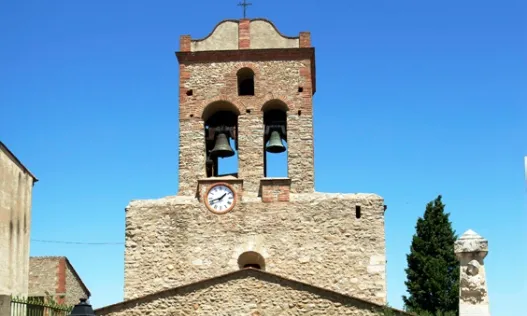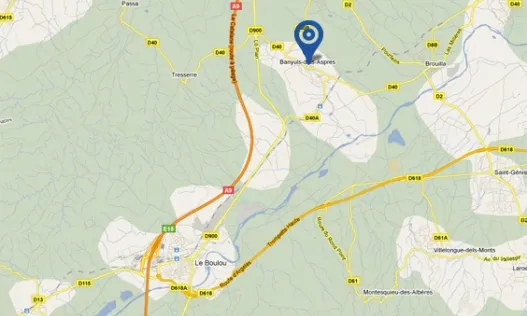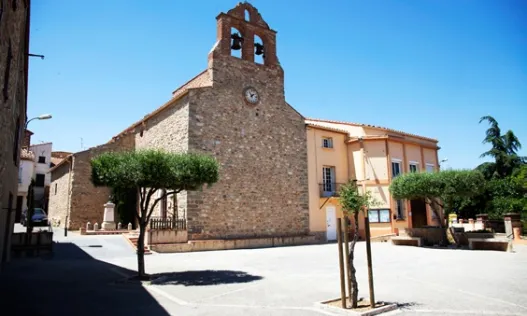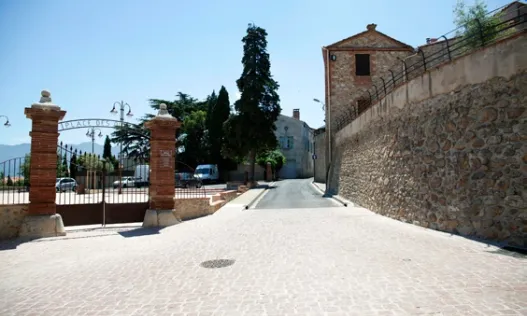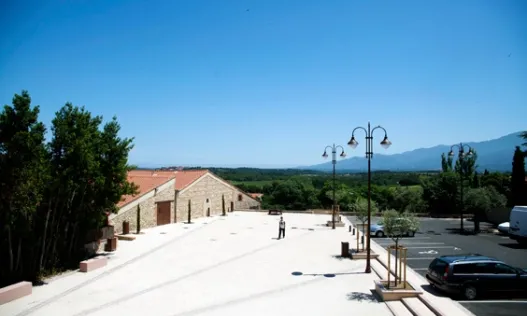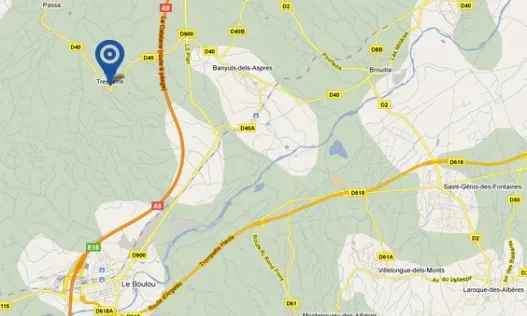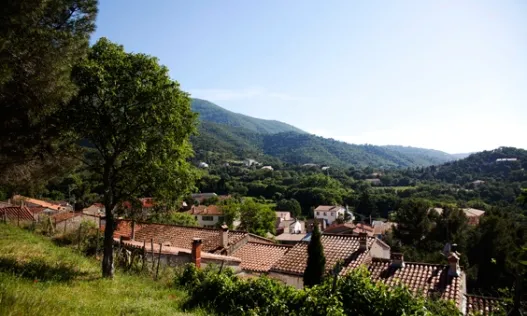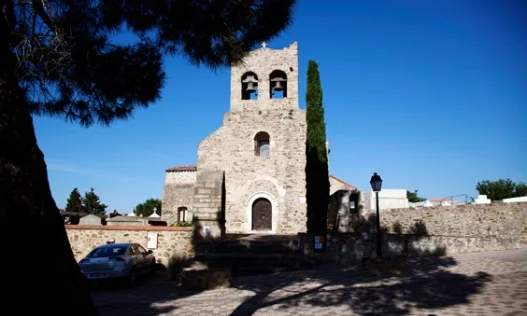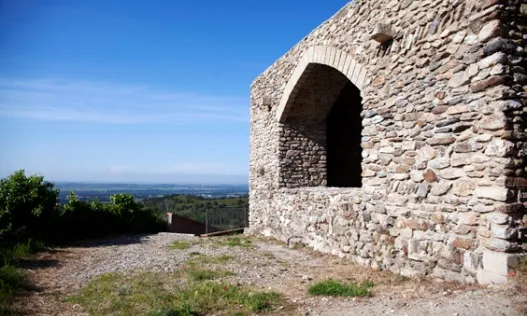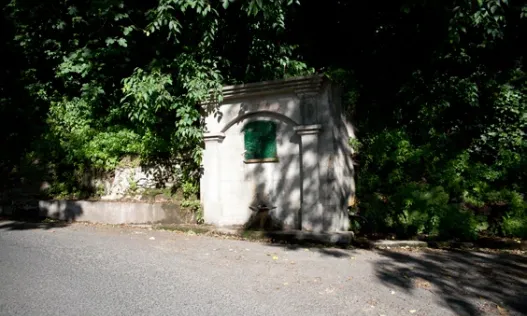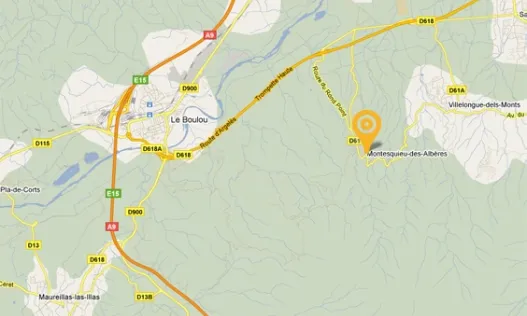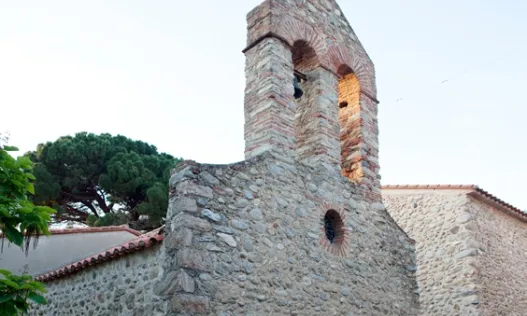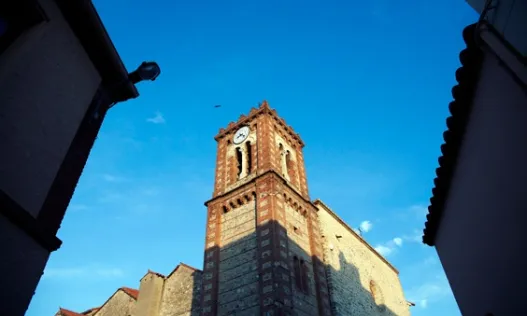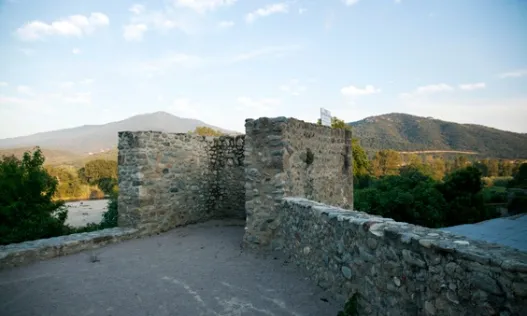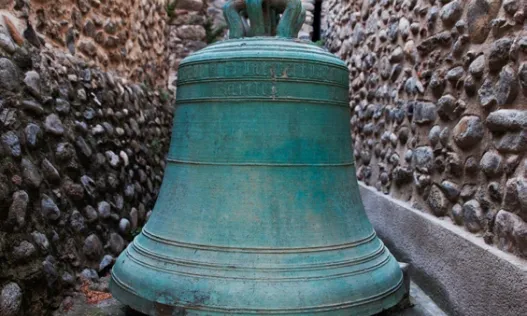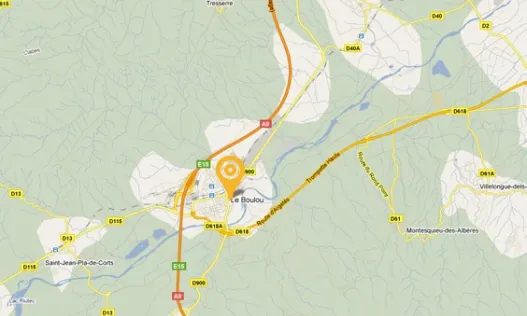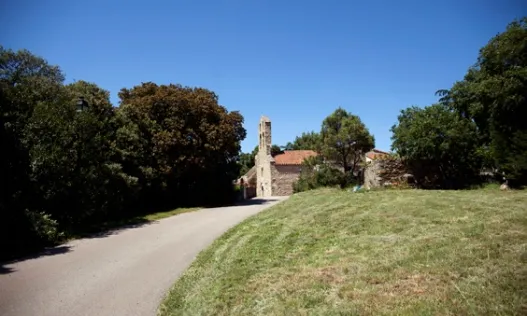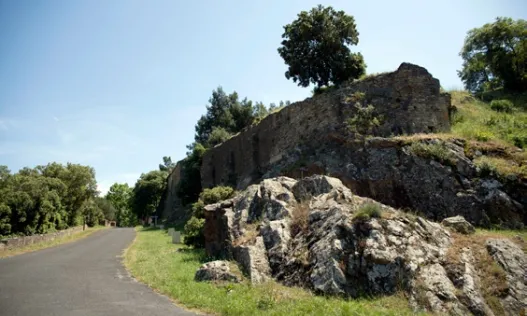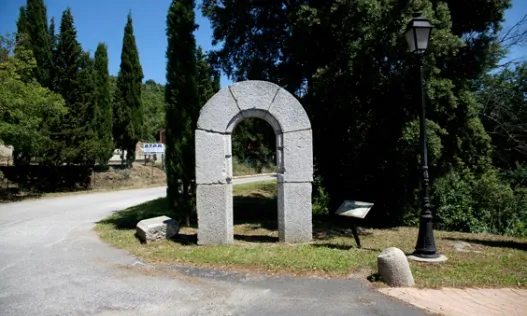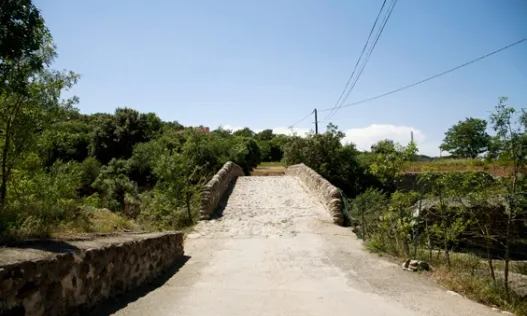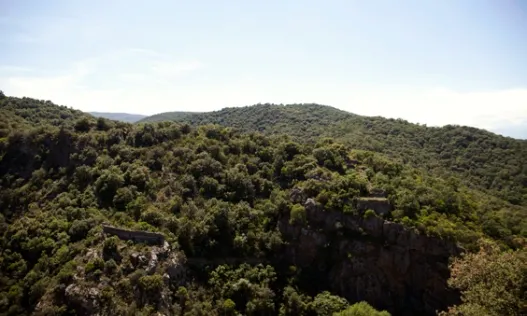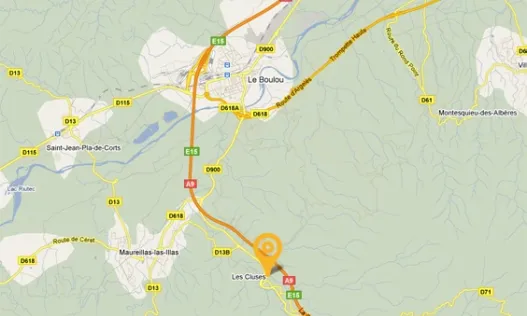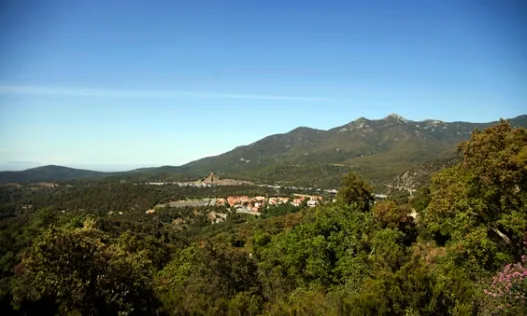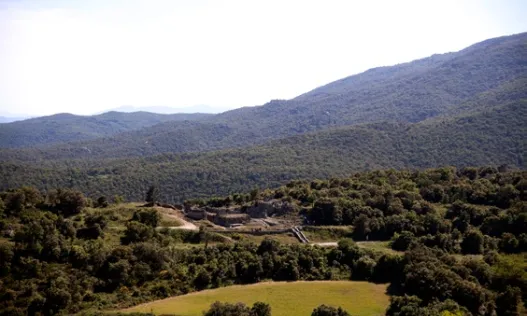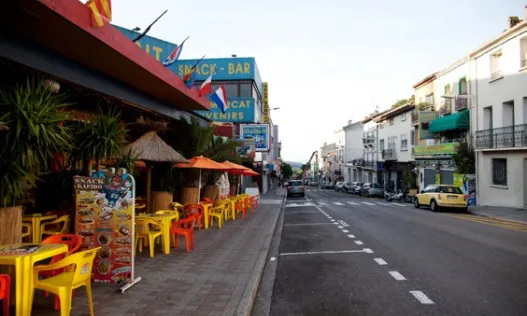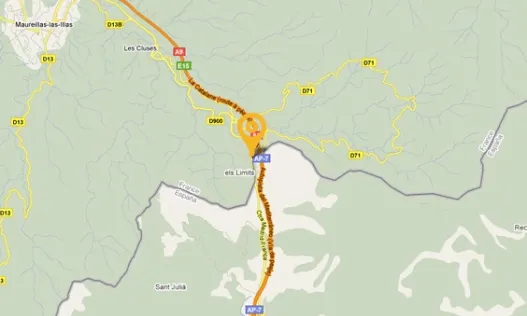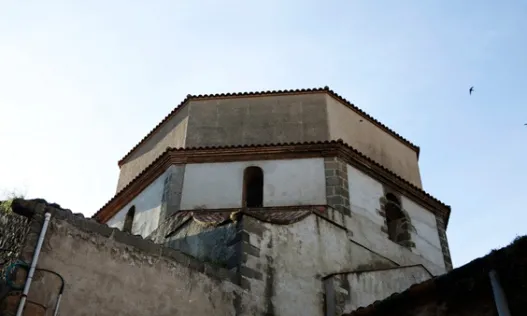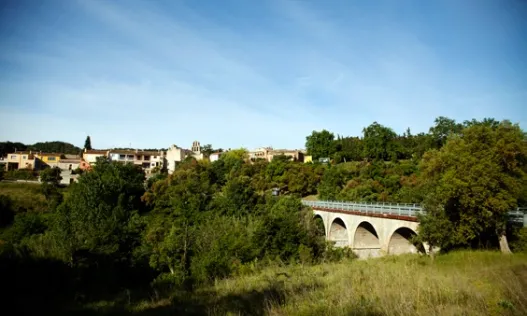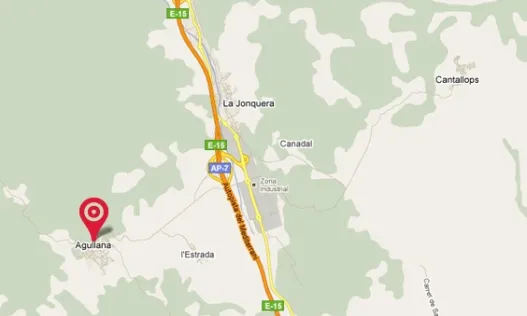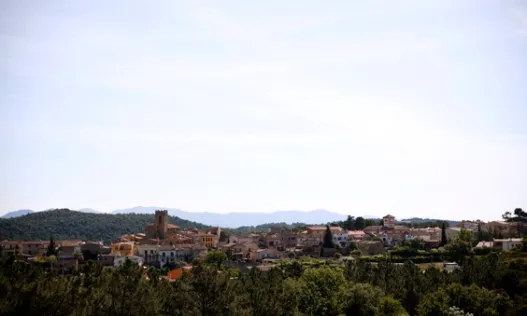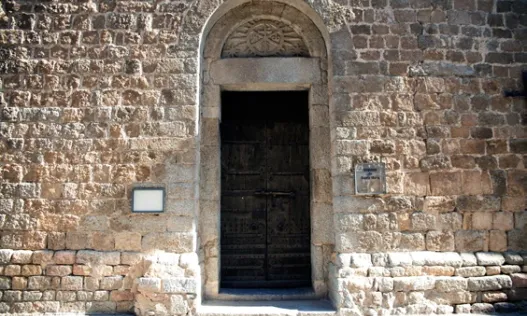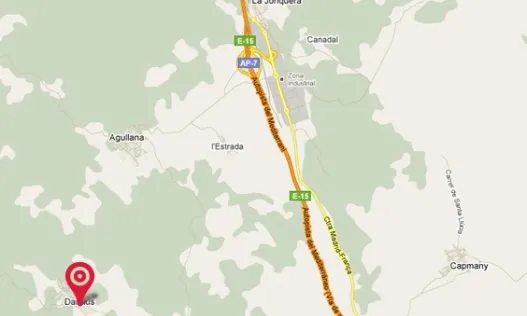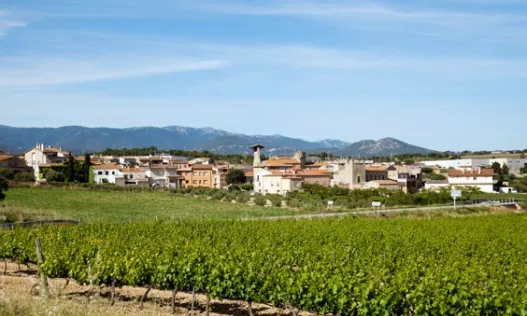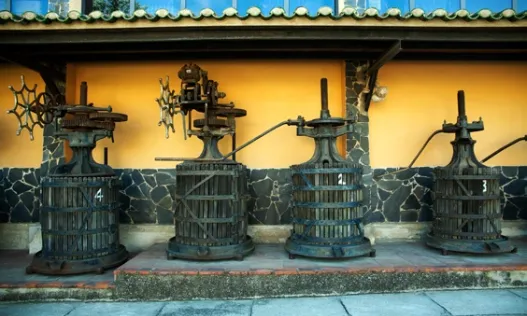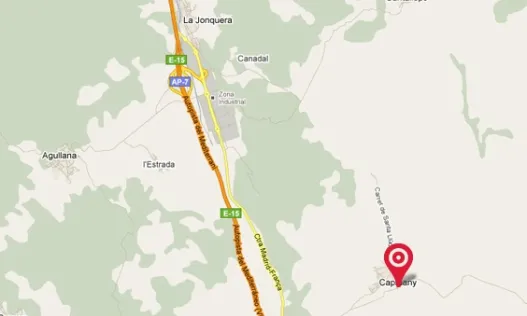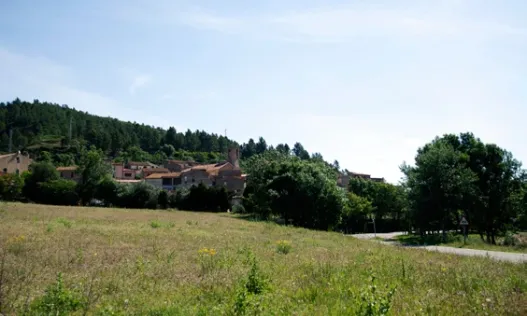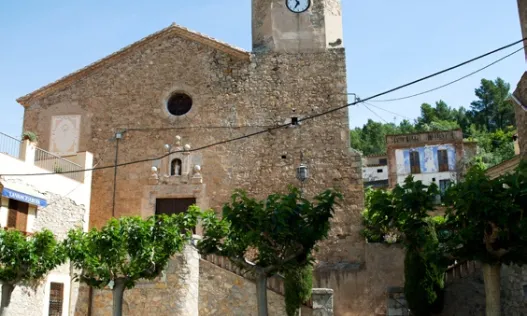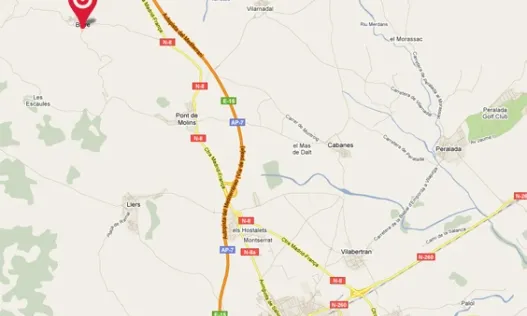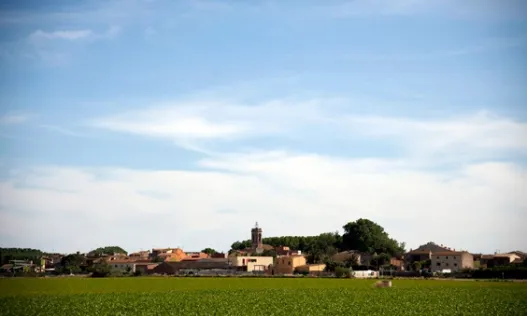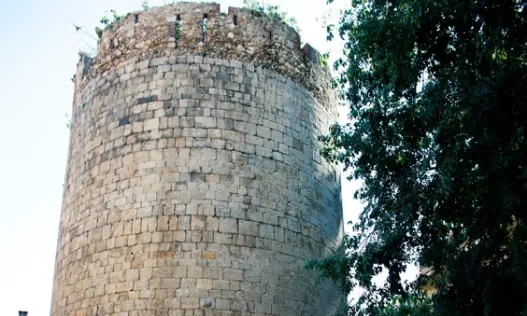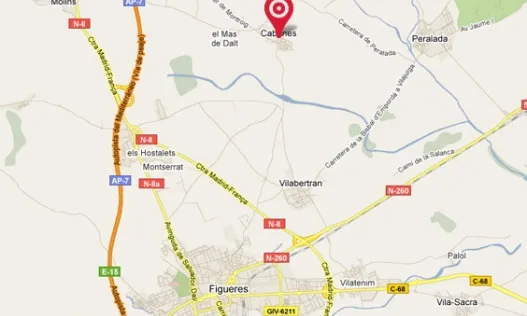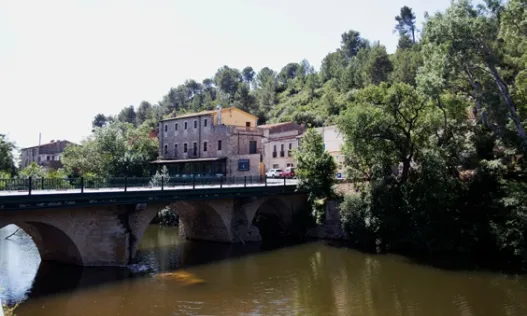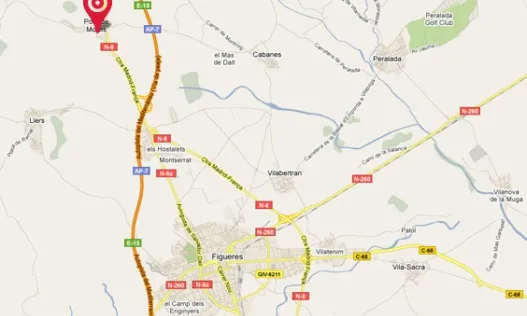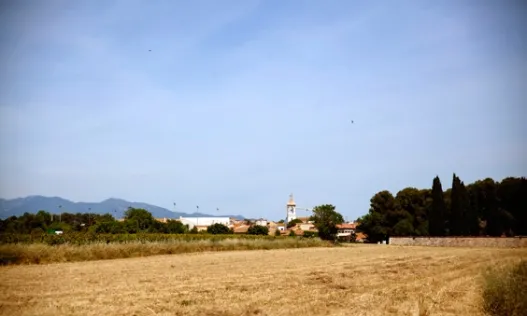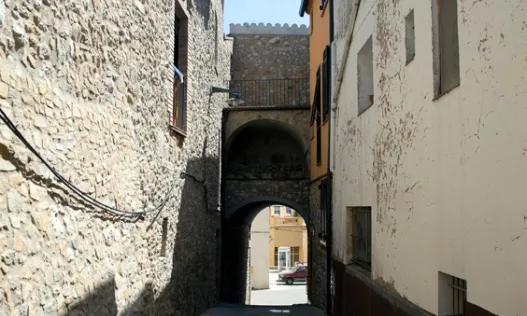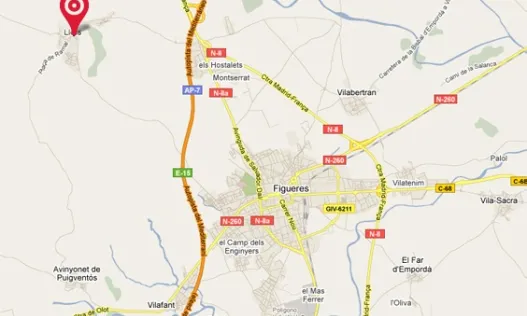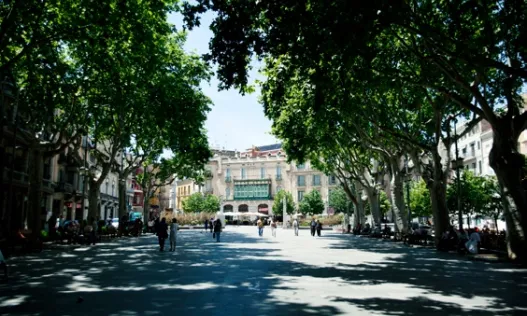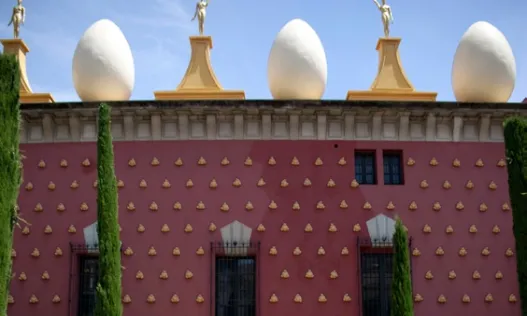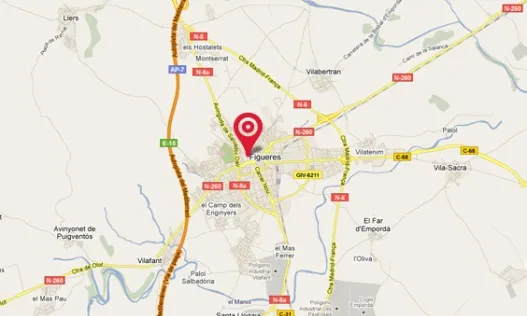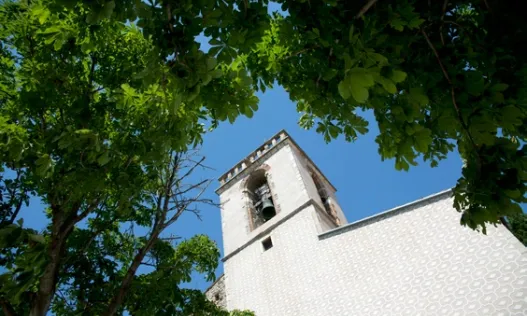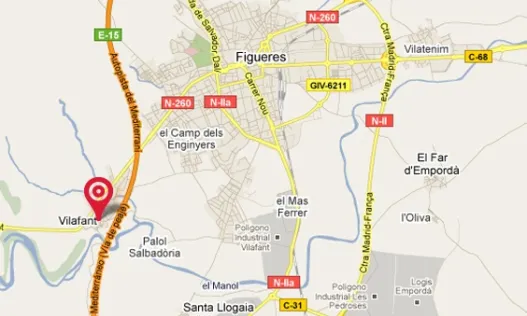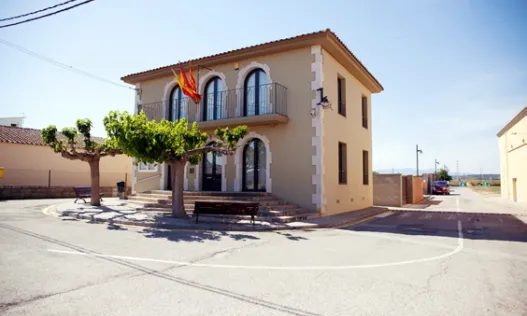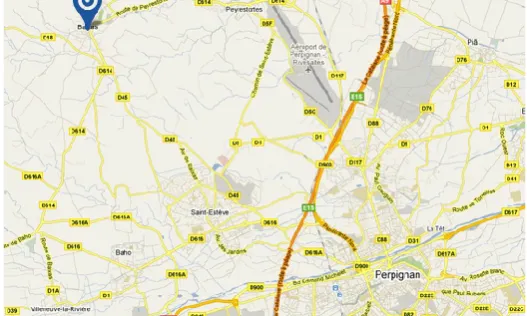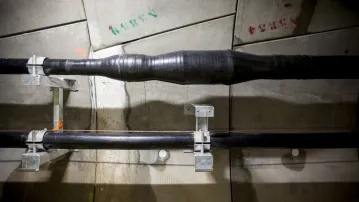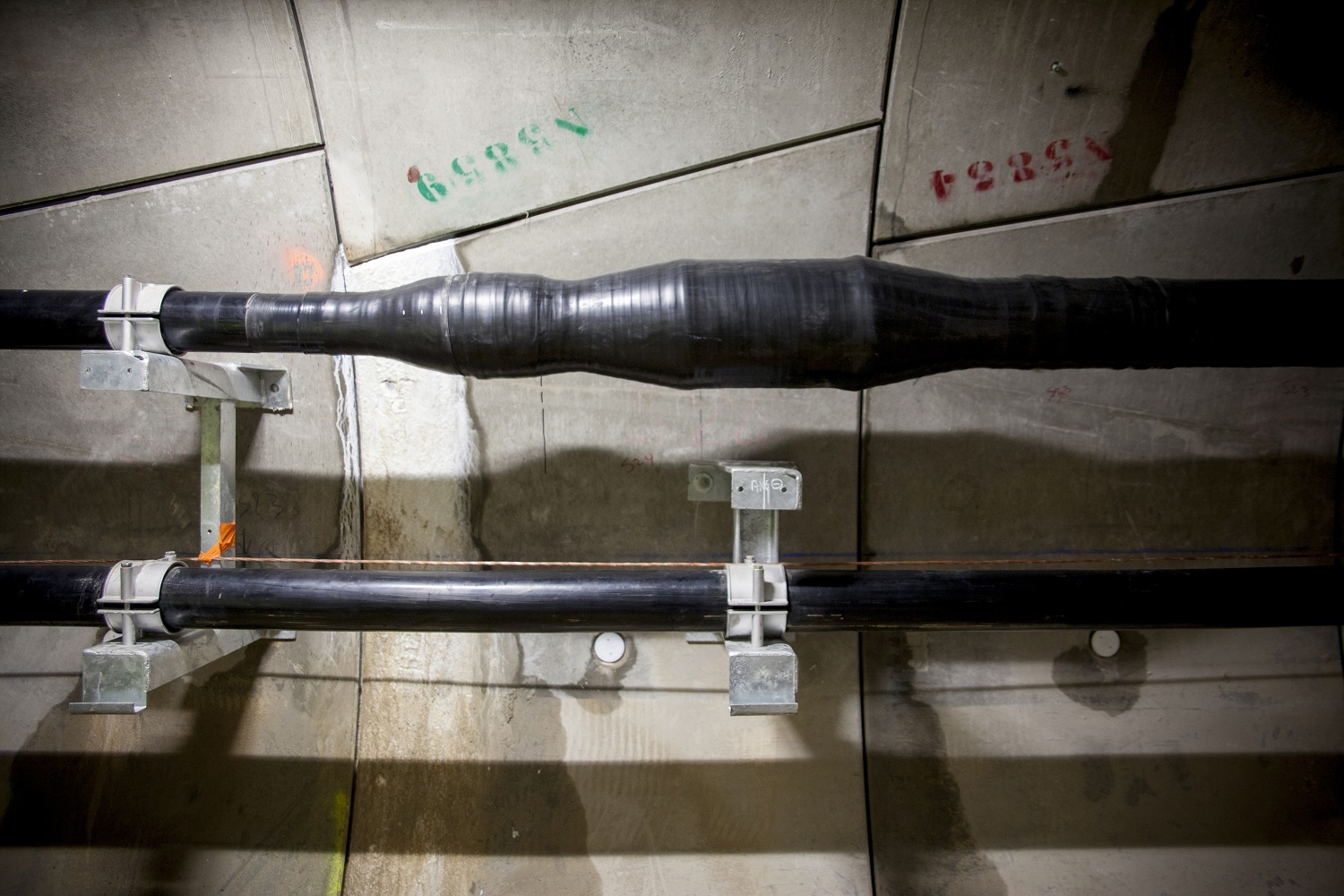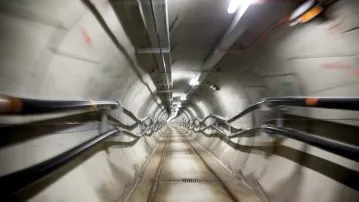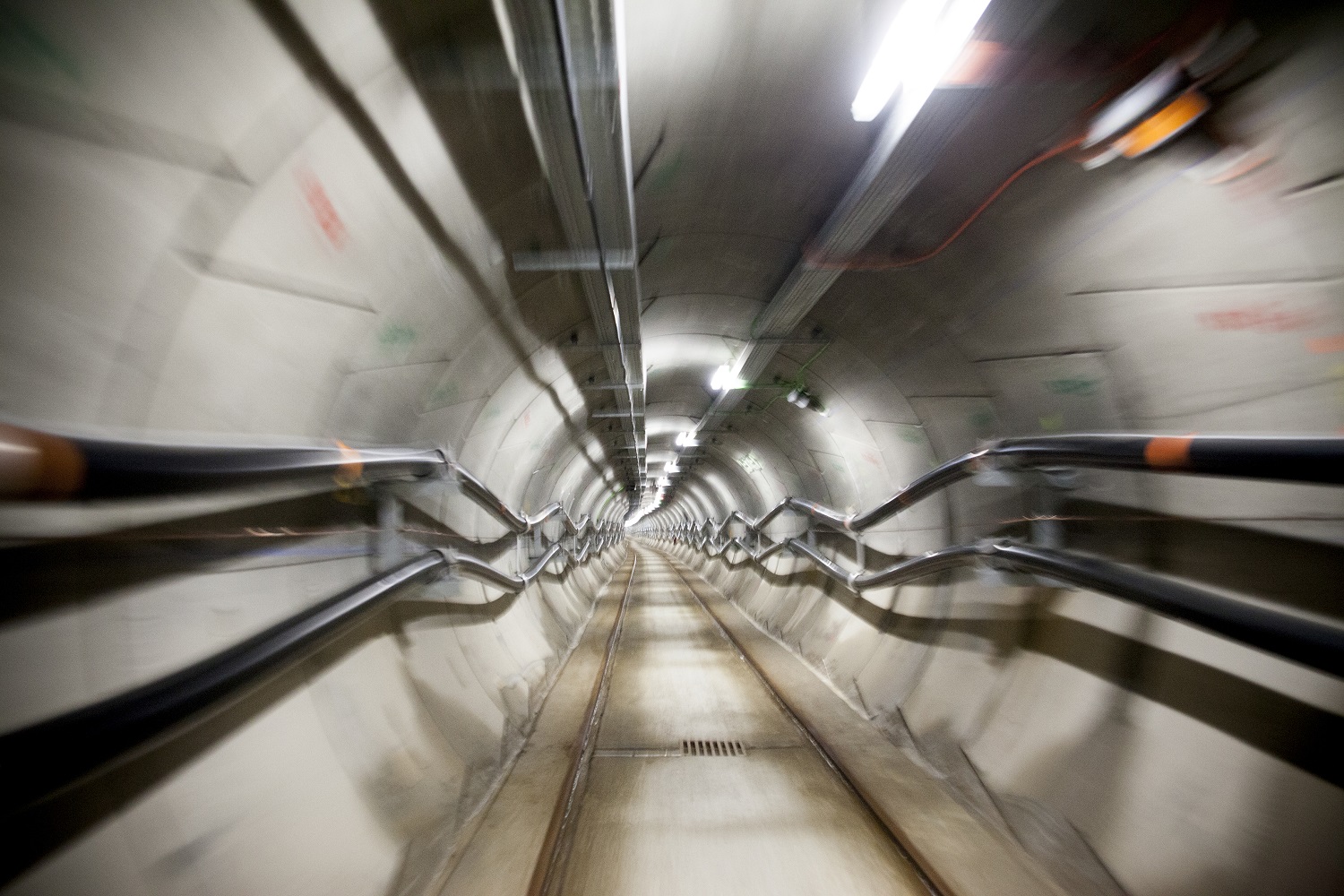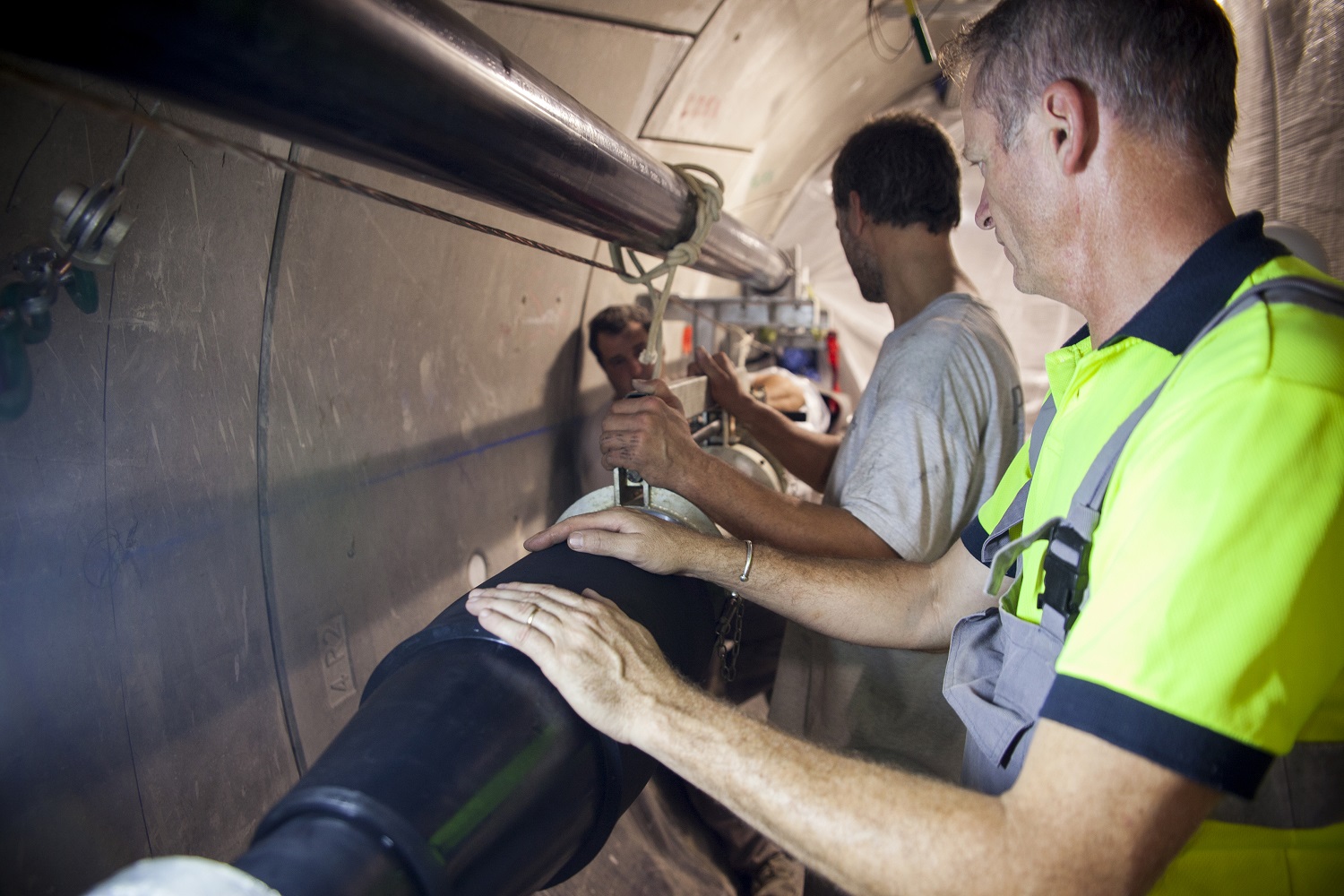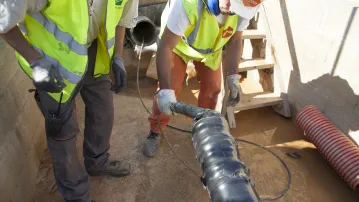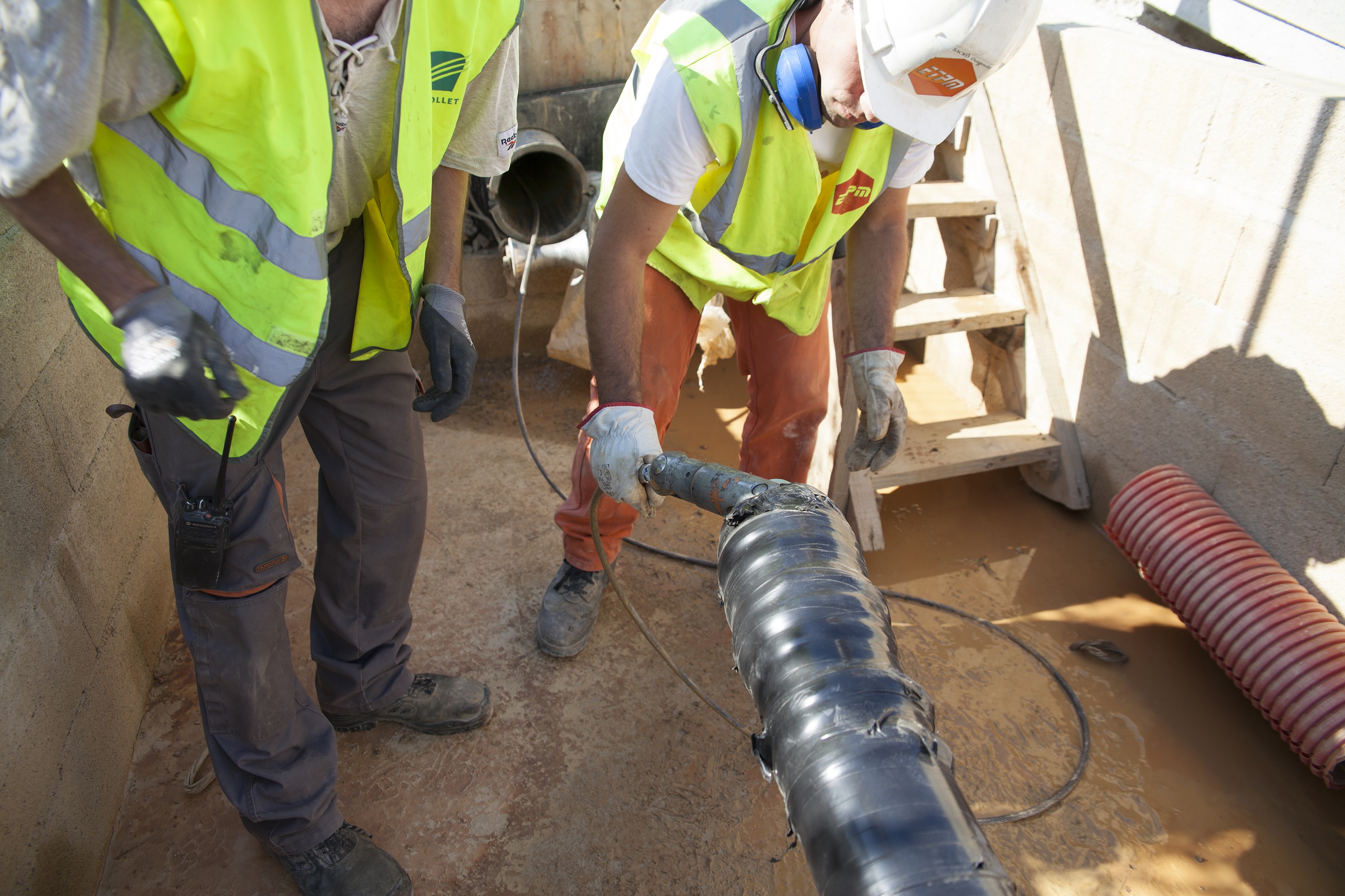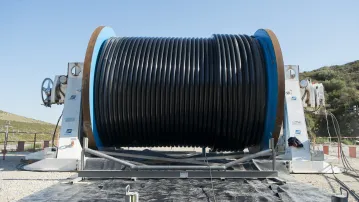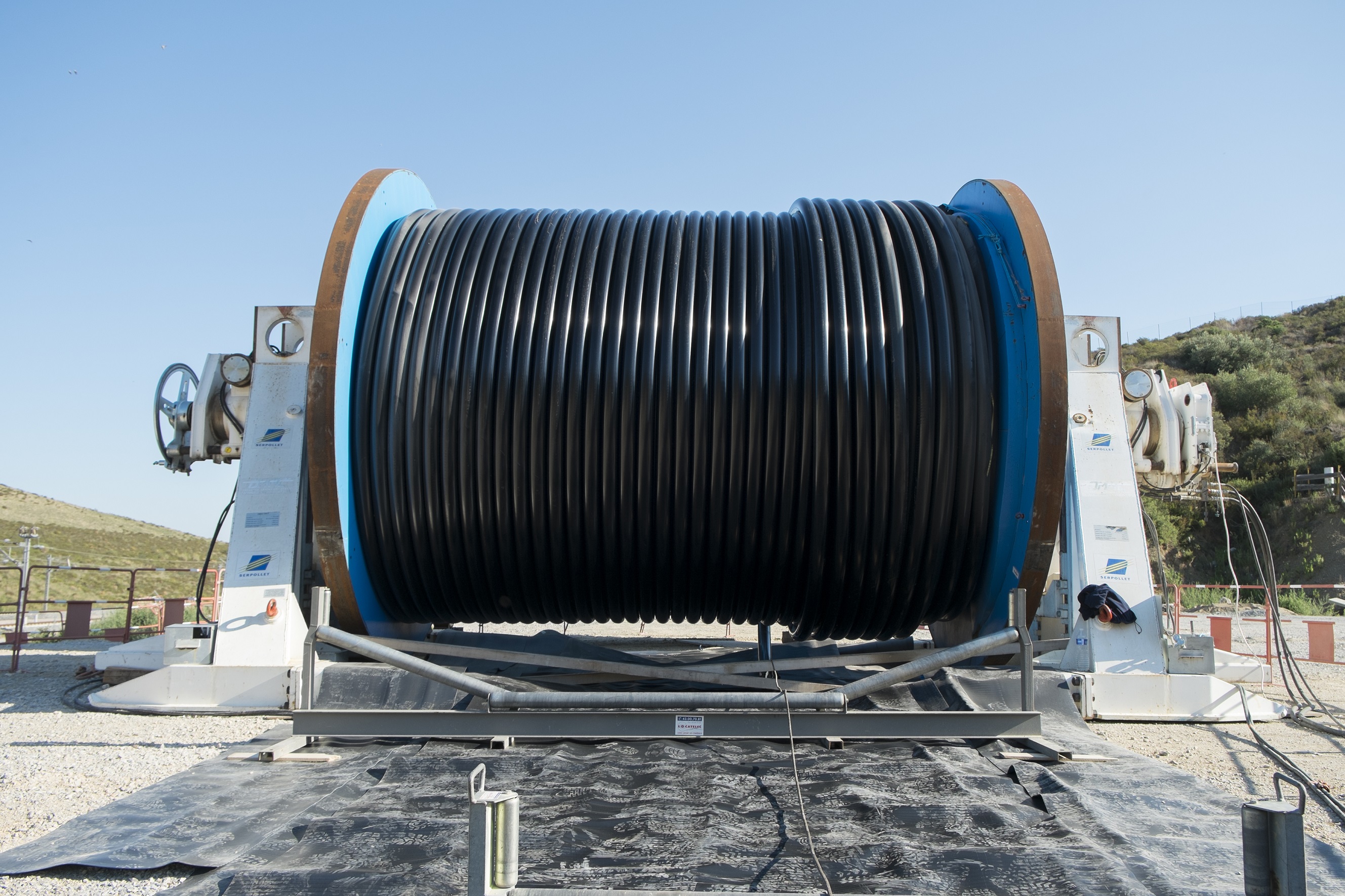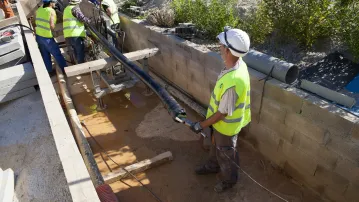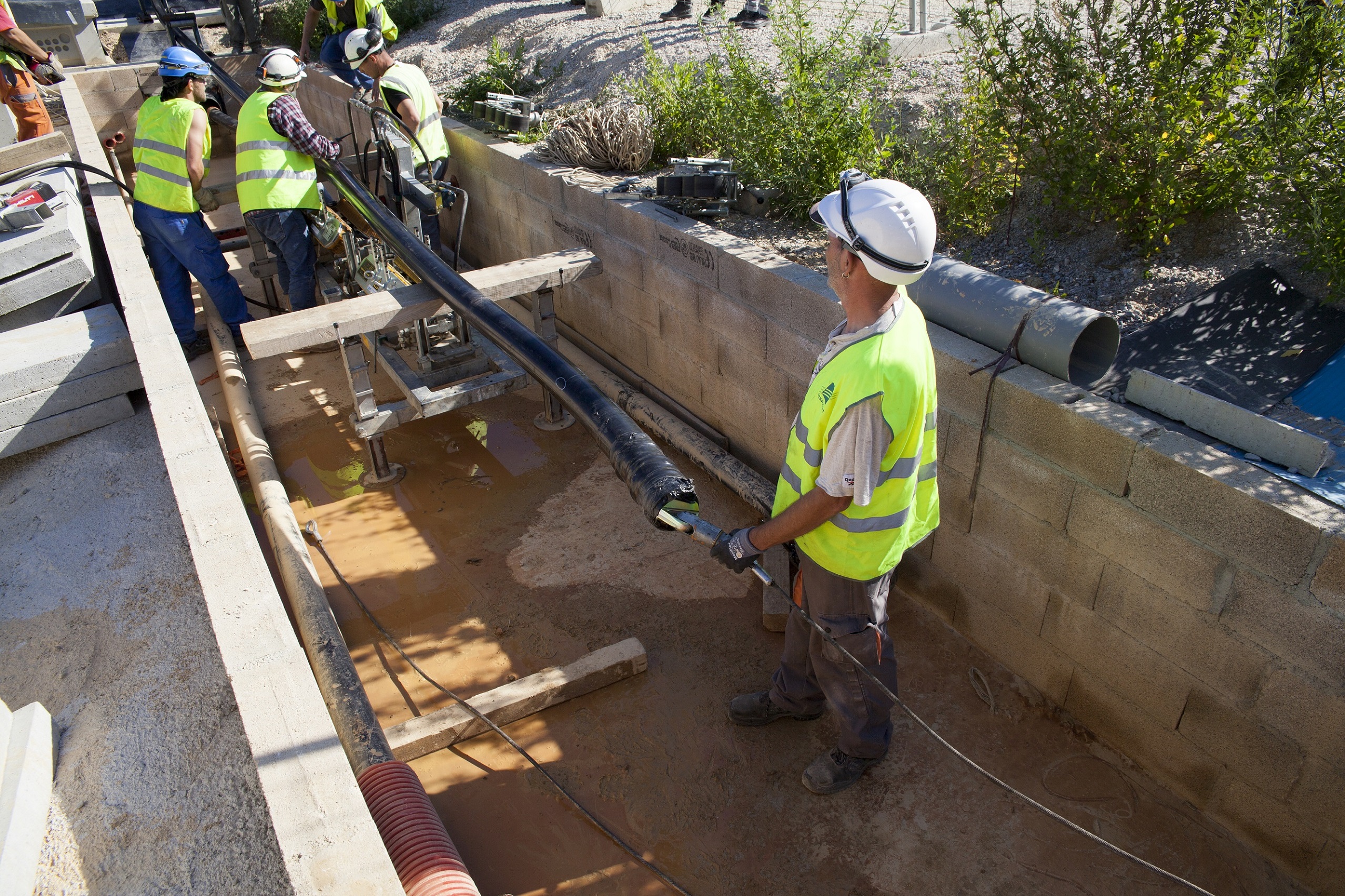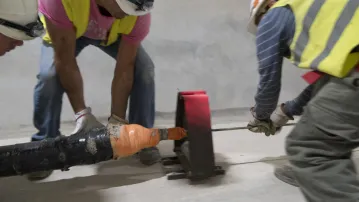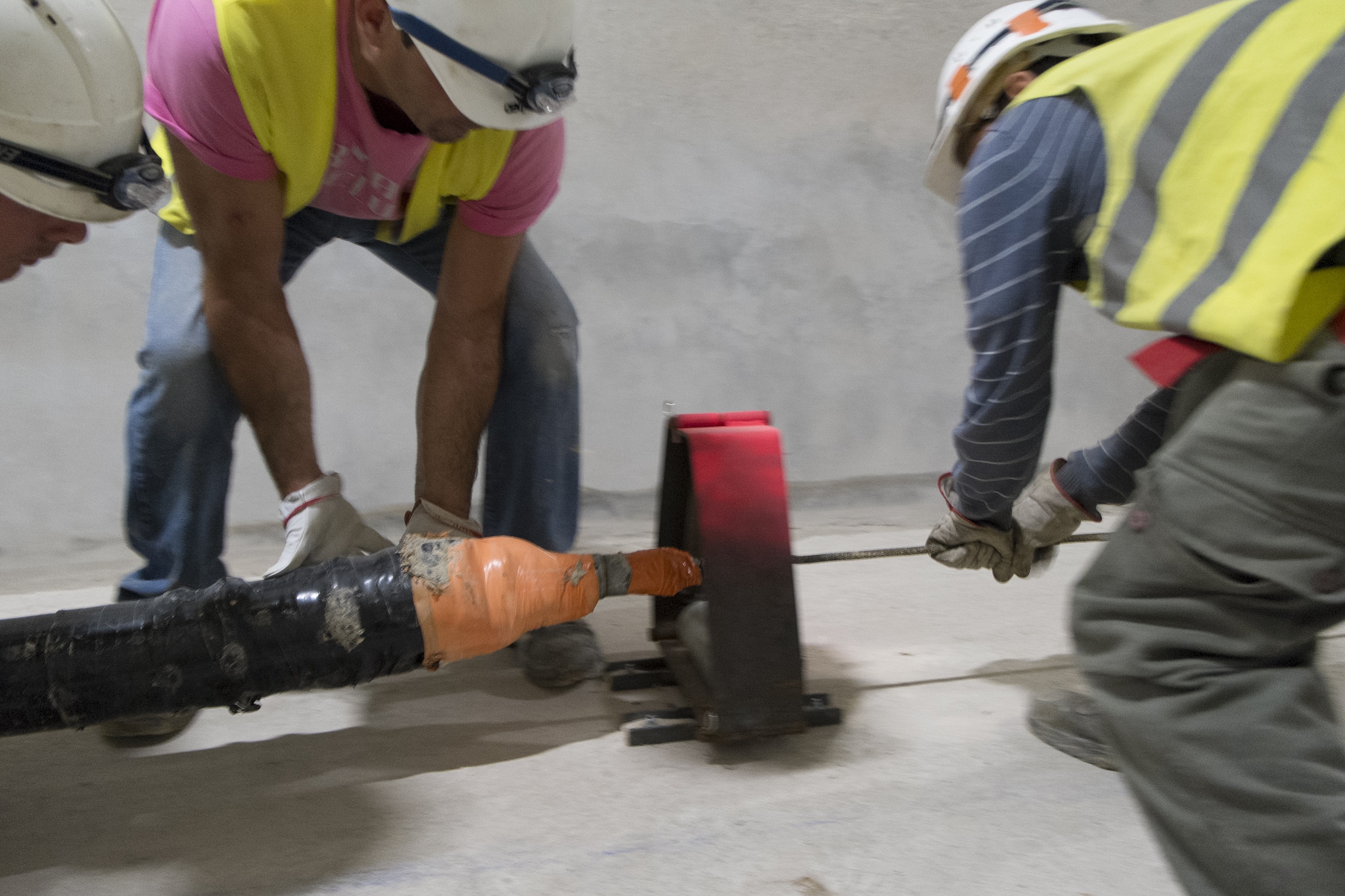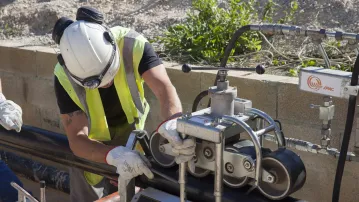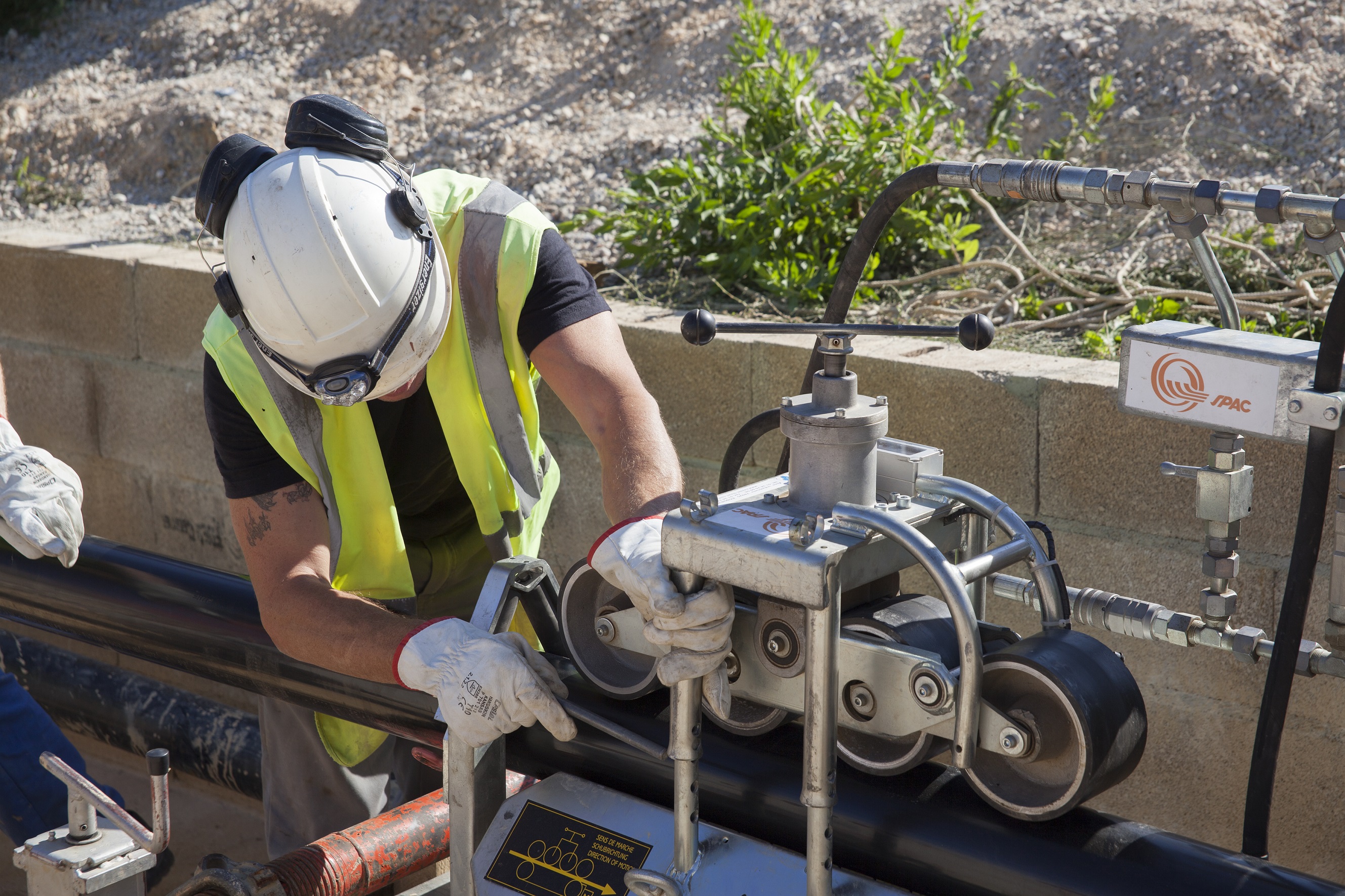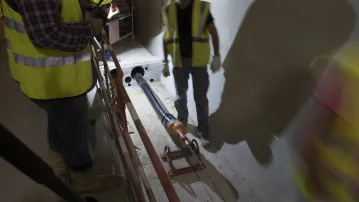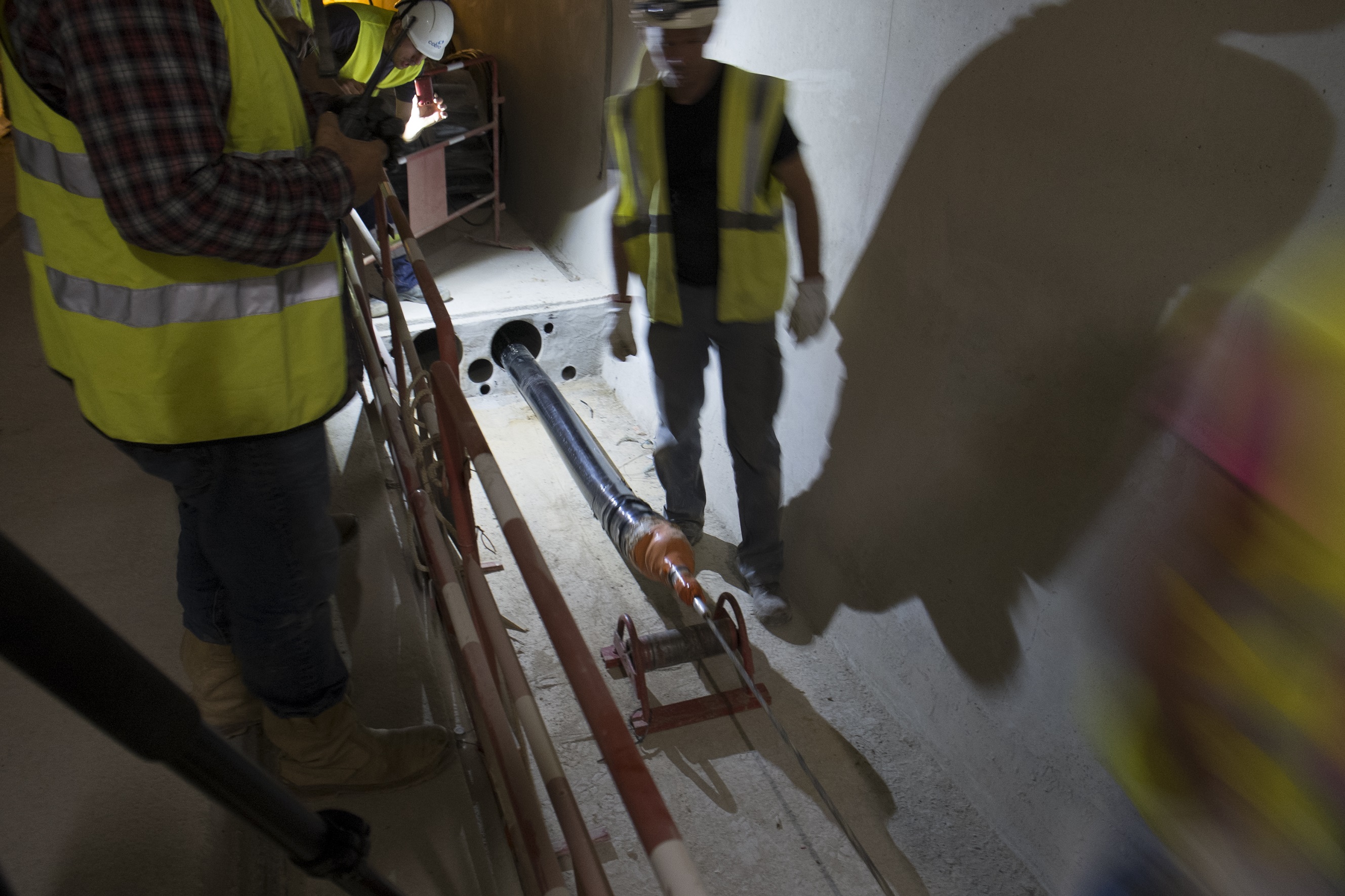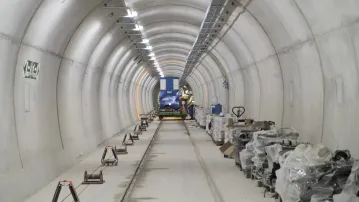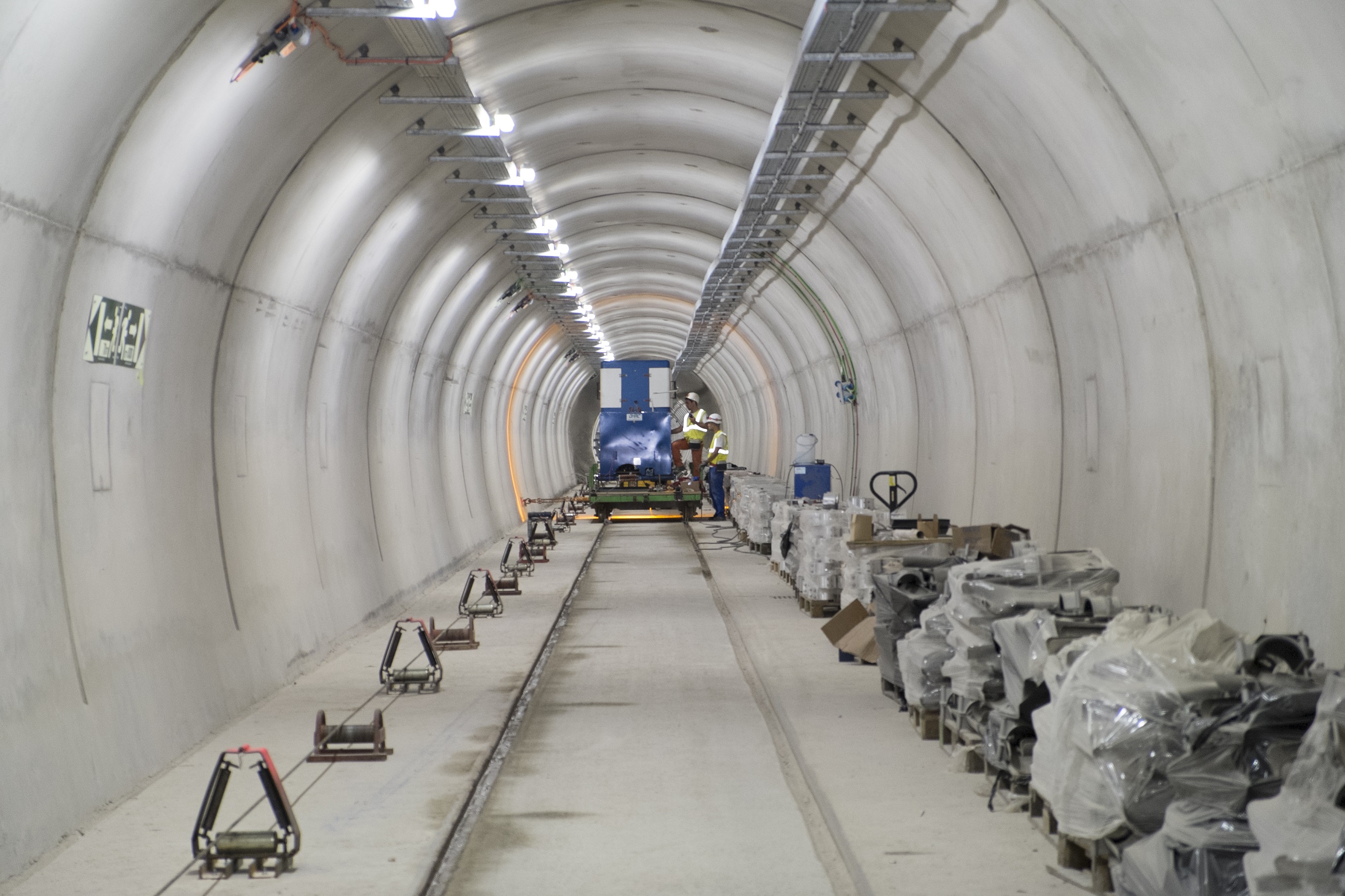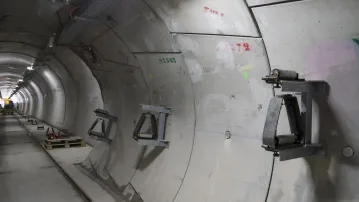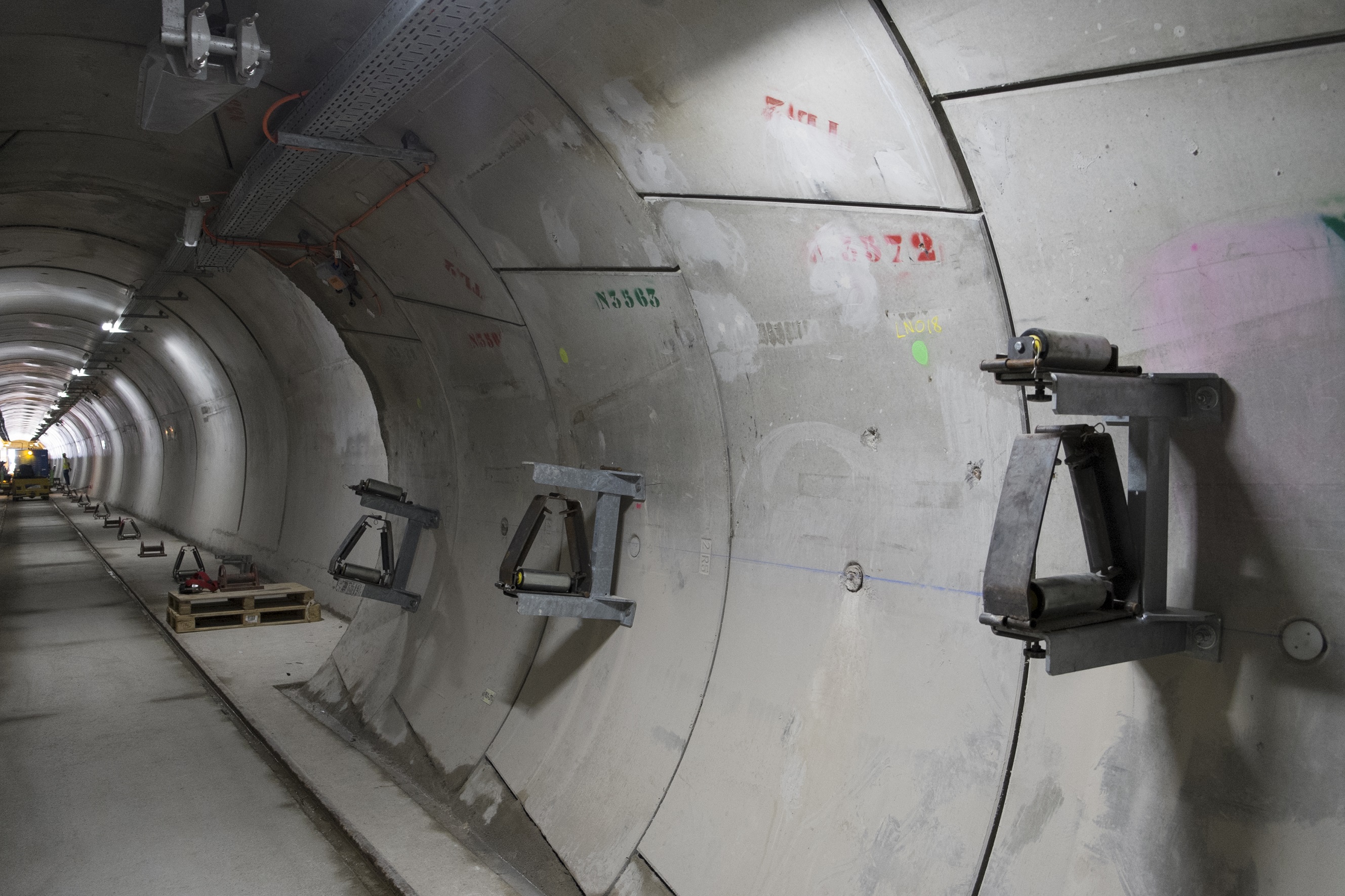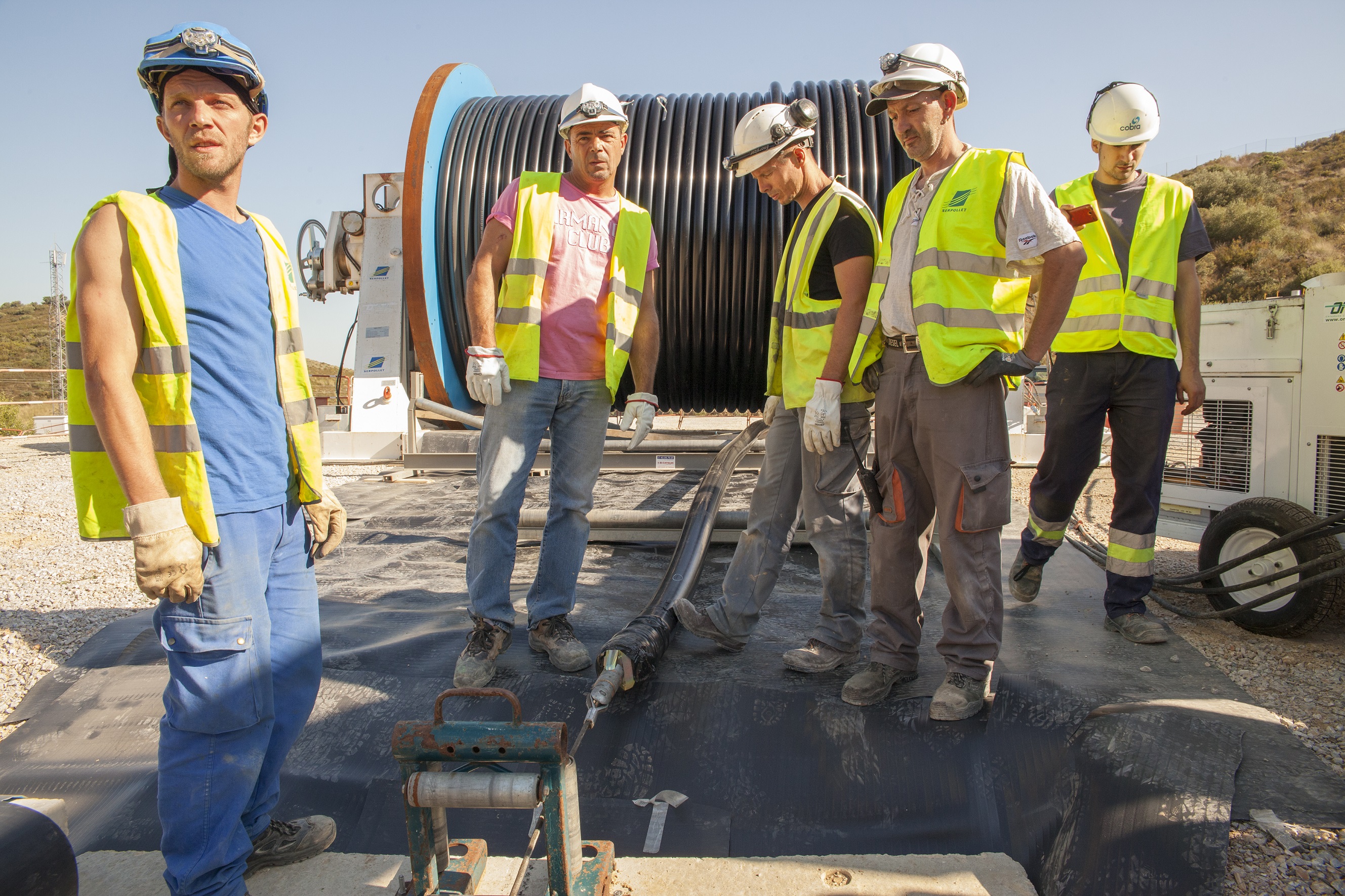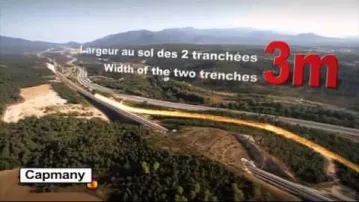1,400 MW
INTERCHANGE CAPACITY INCREASE
64.5 km
INTERCONNECTION LENGTH
8.5 km
TUNNEL THROUGH THE PYRENEES
2 x 1000 MW
POWER TRANSPORTED
FRANCE

Baixas
Converter station

26 km
Underground link
BORDER

8,5 km
Tunnel

30 km
Underground link
SPAIN

Santa Llogaia
Converter station
2008
27 July
The Spanish and French governments sign an agreement in Zaragoza for a new electricity interconnection between the two countries
2008
1 October
The Spanish company Red Eléctrica de España (REE) and the French company Réseau de Transport d’Électricité (RTE) jointly incorporate and become equal partners in the mixed company INELFE to undertake the electricity interconnection project
2009-2010
Consultation and detailed project definition stage
2010
13 December
REE obtains the Environmental Impact Statement for the project
2010
16 December
INELFE awards construction of the electricity interconnection to Siemens and Prysmian
2011
1 February
INELFE awards construction of the tunnel for the electricity interconnection to a consortium led by Eiffage TP and Dragados
2011
May
RTE obtains the Declaration of Public Interest for the project
2011
6 October
The European Investment Bank signs a loan for 350 million euros with INELFE, RTE and REE to finance construction of the interconnection
2011-2014
From May 2011 to end 2014
Completion of works: converter stations, tunnel and underground connections
2015
Activation following completion of all works
2015
Tests and integration of the line into the transport network
2015
Late 2015
Launch of commercial operations on the Baixas-Santa Llogaia line
The cables are “wound” along the technical interconnection tunnel
The cables through which the electricity will travel between France and Spain are already “winding” along the interconnection tunnel that links both countries. The installation was completed at the end of October and entailed a very meticulous and precise process. To unwind the cables and place them in the supports inside the tunnel, the technique of “snaking” was employed. This is a sinusoidal motion, similar to a snake, which gives the cable a sufficient curvature to easily absorb the expansion caused by the current flow.
An important step towards the france-Spain interconnection. The 400 kV power line between Bescanó and Santa Llogaia is now operational
Since 7 October, electricity has been flowing through the 400 kV power line between Bescanó and Santa Llogaia. This marks a step further towards the new electricity interconnection between France and Spain. Santa Llogaia is the location of the converter station for the interconnection implemented by INELFE, a joint venture between Red Eléctrica de España (REE) and Réseau de Transport d’Électricité (RTE). This interconnection will make it possible to double the power exchange capacity between the two countries.
Learn more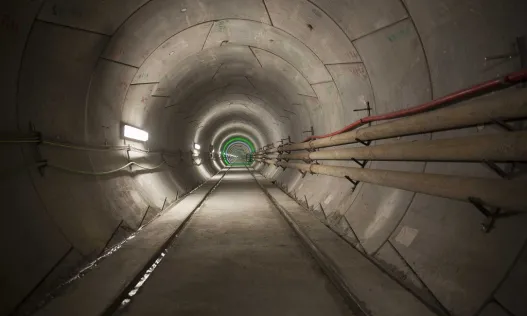
Work on the Interconnection Project is Completed
After two years of work, the excavation of the trenches for the new electrical interconnection between France (Baixas) and Santa Llogaia (Spain), as well as the construction of the converter stations, was completed this summer.

The President of the Spanish Government and the French Prime Minister inaugurate the electrical interconnection between Spain and France
• The new electricity infrastructure, 64.5 km in length, has represented an investment of 700 million euros and will double the interconnection capacity between the two countries.• Started in 2008, the project has been, for both Red Eléctrica de España (REE) and Réseau de Transport d’Électricité (RTE), a technological challenge on the road towards the single European energy market
Learn more
The cables are “wound” along the technical interconnection tunnel
The cables through which the electricity will travel between France and Spain are already “winding” along the interconnection tunnel that links both countries. The installation was completed at the end of October and entailed a very meticulous and precise process. To unwind the cables and place them in the supports inside the tunnel, the technique of “snaking” was employed. This is a sinusoidal motion, similar to a snake, which gives the cable a sufficient curvature to easily absorb the expansion caused by the current flow.Learn more
An important step towards the france-Spain interconnection. The 400 kV power line between Bescanó and Santa Llogaia is now operational
Since 7 October, electricity has been flowing through the 400 kV power line between Bescanó and Santa Llogaia. This marks a step further towards the new electricity interconnection between France and Spain. Santa Llogaia is the location of the converter station for the interconnection implemented by INELFE, a joint venture between Red Eléctrica de España (REE) and Réseau de Transport d’Électricité (RTE). This interconnection will make it possible to double the power exchange capacity between the two countries. Learn more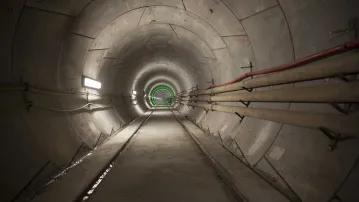
Work on the Interconnection Project is Completed
After two years of work, the excavation of the trenches for the new electrical interconnection between France (Baixas) and Santa Llogaia (Spain), as well as the construction of the converter stations, was completed this summer.Learn more
Inelfe starts laying the cables in the interconnection tunnel
The work being carried out to lay the power line cables for the new electrical interconnection between France and Spain has reached the tunnel that crosses the Pyrenees through the Albera massif. Around 9.00 am on 31st July, 28 specialised workers guided the threading of the cable through the pipes in the trenches at the entrance of the 8.5 km tunnel. 34 km of cable will be required for the tunnel. The cable was deployed at a speed of 12 metres per minute. At the end of the day, 150 metres of cable had been released. The cable laying is the penultimate stage of a gigantic project, which will double the electrical interconnection capacity between France and Spain.Learn more

The 28th Peralada Festival has Inelfe’s support for another year
The 28th Castillo de Peralada Festival (Peralada Castle Festival) starts today, the most important event of the summer in southern Europe when it comes to opera, dance and classical music. Renowned international artists such as Piotr Beczala, Sonya Yoncheva, Gérard Depardieu, Anouk Aimée, Tamara Rojo and the English National Ballet, Jonas Kaufmann, Sara Baras, Josep Maria Flotats, Xavier Sabata and Ángeles Blancas will be appearing at the festival, which finishes on 16th August.Learn more

The management of RTE (Réseau de Transport d’Électricité) highlight the level of agreement that has been reached throughout the entire project
DOMINIQUE MAILLARD AND DIDIER MATHUS VISIT THE ELECTRICAL INTERCONNECTION PROJECT SITELearn more
France-Spain Electrical Interconnection: French and Spanish TBMs meet and complete the excavation of the tunnel beneath the Pyrenees
Work on the tunnel that will house the electrical interconnection between France and Spain was completed today, as the Spanish TBM Alberas pierced the final wall of rock to meet up with its French counterpart Canigou beneath the Pyrenees. The now fully excavated tunnel runs for 8.5 kilometres alongside the high-speed rail tunnel, between the villages of La Junquera in Spain and Montesquieu-des-Albères in France. It will act as the conduit for a 320,000-volt line, linking the French and Spanish power grids with minimal environmental impact.Learn more
France-Spain Electrical Interconnection: The excavation of the French side of the tunnel begins
Today, the President of Reseau de Transport d’Electricite, Dominique Maillard, the President of Red Electrica de España, Jose Folgado, and the President of Inelfe, Carlos Collantes, inaugurated the works of the French side of the tunnel for the electrical interconnection between Spain and France Learn morePRESS CONTACT
Gabinetedeprensa@ree.es
rte-presse@rte-france.com
PRESS AREA
- Press releases
- High resolution images
- Branding Manual
- Iconography
VIDEOS
Send us your questions
Make sure your question gets to the right person. Choose a question type to ensure the best and fastest response.


